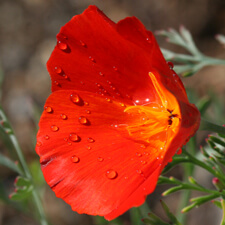
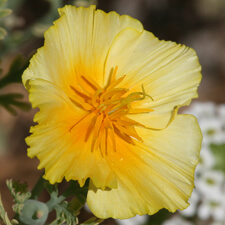
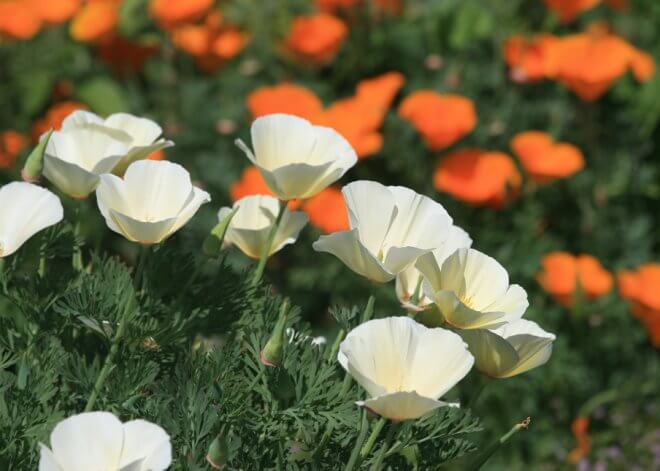
California Poppy – Eschscholzia californica
No flower is more glorious than the California poppy. It’s the official flower of the Golden State. There are more than 70 sub-species of Eschscholzia californica. They range in size from tiny yellow Eschscholzia californica lobbii to the legendary classic orange California poppy.
“… splashes of California poppies. These too are of a burning color—not orange, not gold, but if pure gold were liquid and could raise a cream, that golden cream might be like the color of poppies.”
John Steinbeck, East of Eden
In many areas of the Golden State, California poppies still blanket hillsides. Especially in the Antelope Valley California Poppy Reserve and Carrizo Plain National Monument.
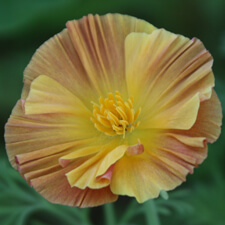
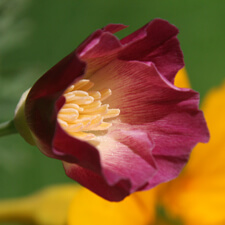
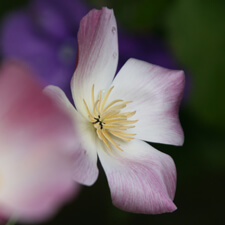
You can easily create the glory of a California poppy mass planting in your yard too. California poppies grow in my yard all year long and bloom about 9 months of the year: March through November. Among cultivars, the spectrum of petal hues is wide: white, yellow, pink, red, magenta and orange.
Plant California poppies on their own or along with other California native wildflowers. Many seed companies sell native seed mixes. If you are a Californian, you can also find mixes that are specific to your region.
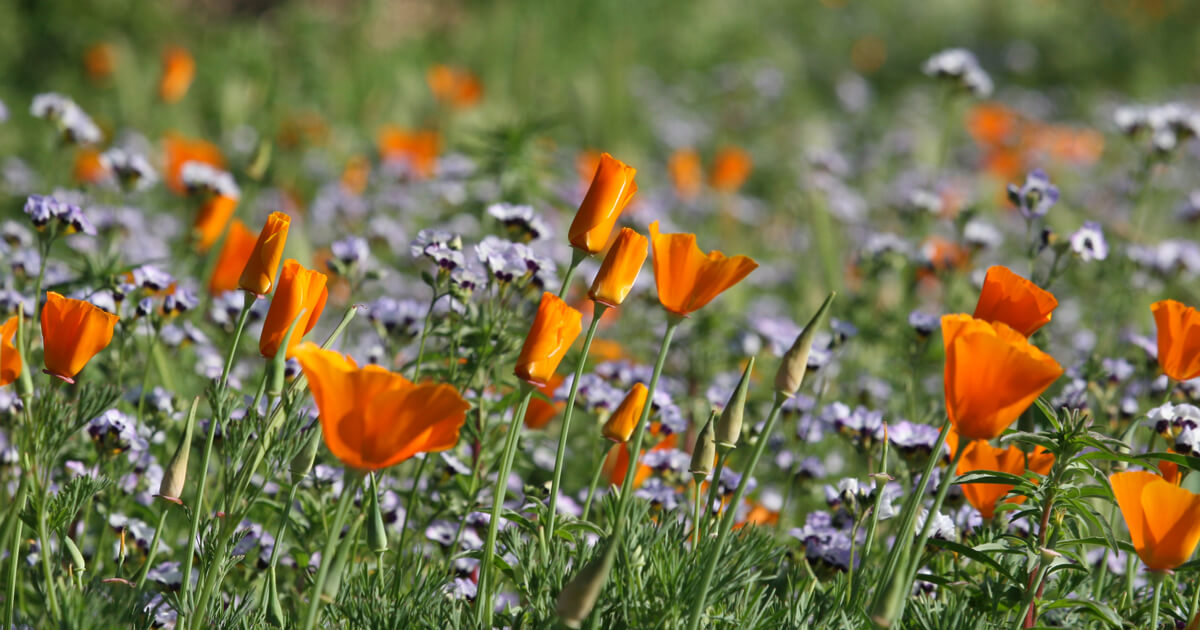
Planting California Poppies
Although they can be planted from a nursery six-pack (or larger container), California poppies are ideally grown from seed. In Western states, they do best when sown in the fall so they can get established over the winter.
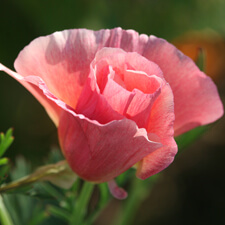
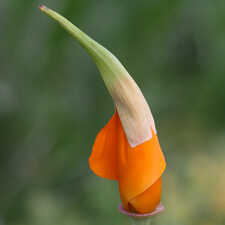
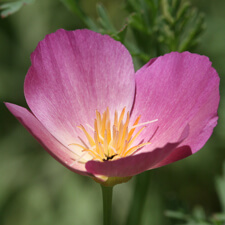
Soil: In my yard, they are not picky about soil conditions. I grow them in heavy clay soil, soil mixed with decomposed granite and in my gravel driveway. They do need adequate drainage.
Water: Many Californians don’t water these poppies at all. They leave it to the winter rains to germinate the seeds and keep them moist in the spring. You can extend their bloom with additional watering in the spring.
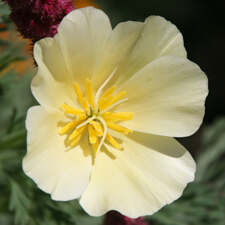
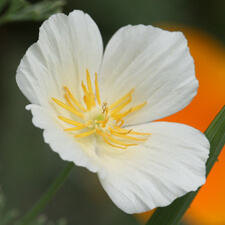

Zones: The California poppy is quite hardy and withstands winter frost. But it cannot tolerate warm humid weather.
Blooming: The classic orange California poppy begins to bloom in early spring which ranges depending on the zone. In the warmer areas of California, blossoms will often begin to appear in February whereas in my area where it is cooler, I’ll get blooms in March. The coastal form (Eschscholzia californica ssp. californica) typically blooms in late spring and into summer.
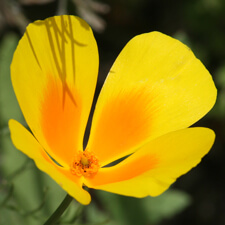
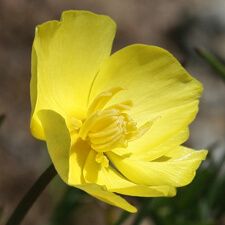
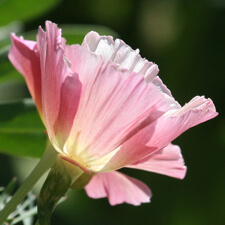
Seed Collection: You’ll practically need safety glasses! Just kidding. It’s just that when the seed pods dry, they will often explode as soon as you touch them. Collecting seeds from California poppies is tricker than with other types of poppies because there is a narrow window of opportunity. You must wait until the seed pod is fully dry but before it spontaneously explodes to release the seeds. As a rule, I do not collect the seeds; I let the pods disperse the seeds and get tons of volunteers every year.
Details
Latin Name
USDA Zone
Bloom Season
Type
Reseeds







One Thought